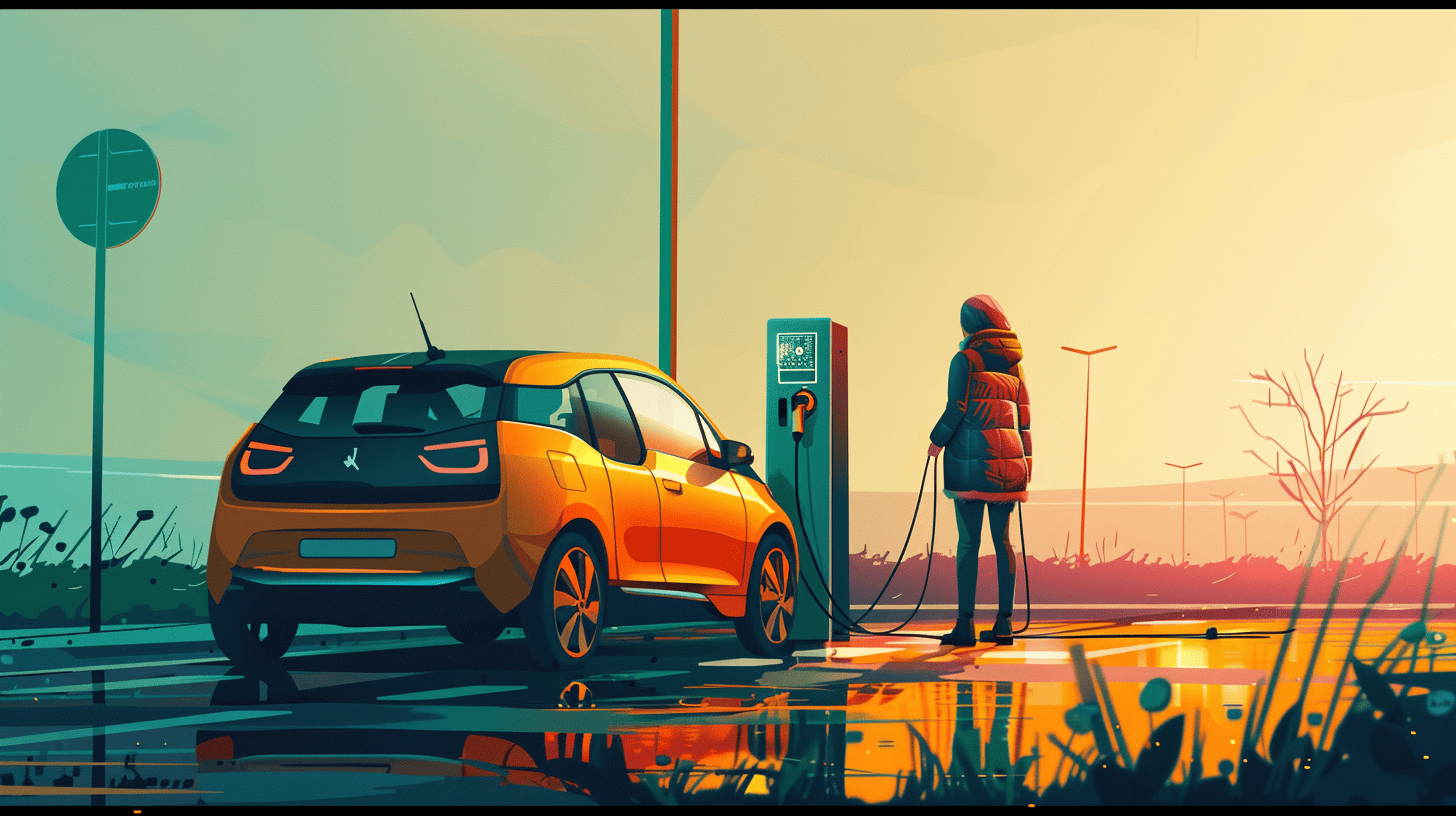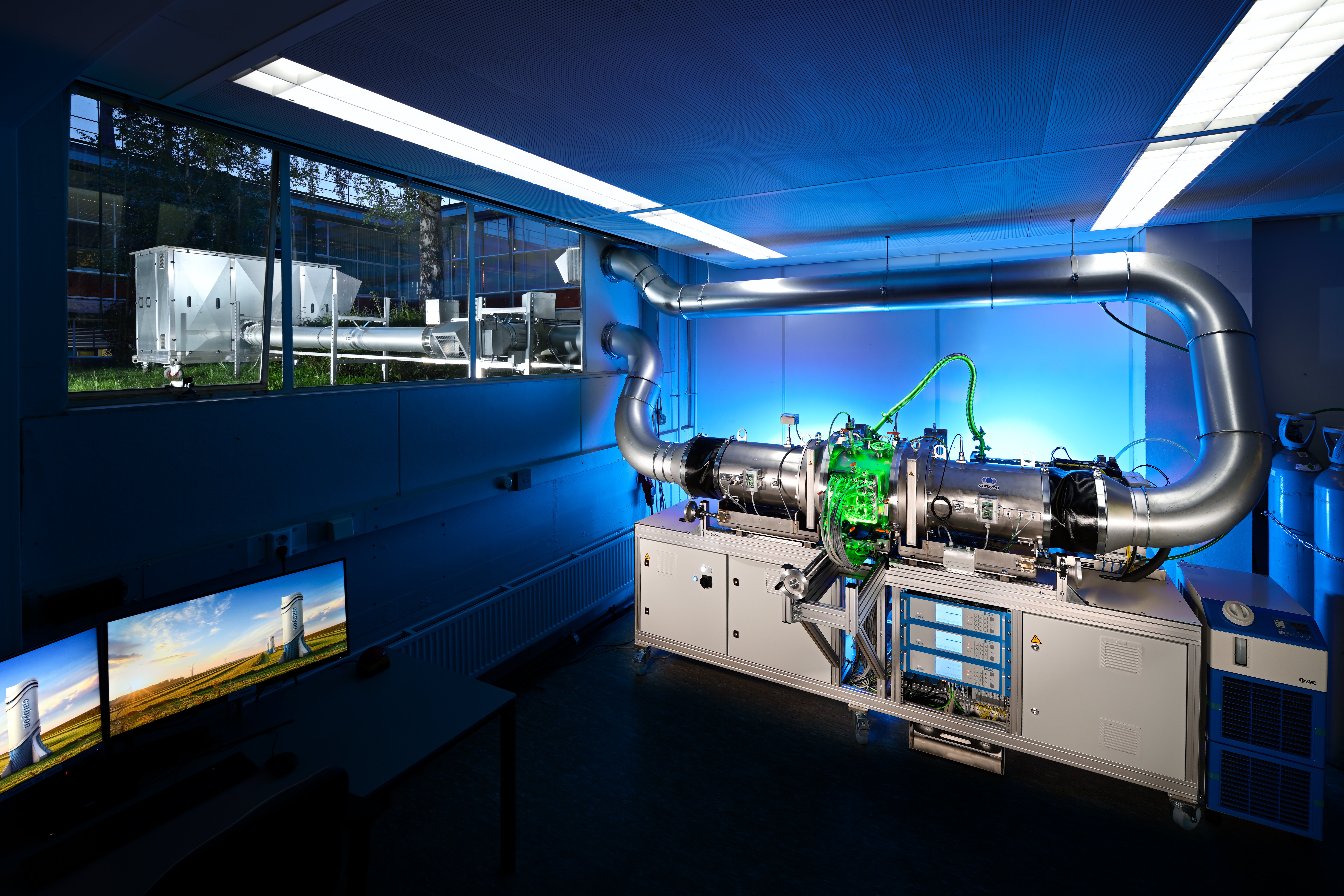Lidar systems are essential in the development of autonomously moving cars and, for example, robots that move independently. It is a technology in which laser pulses are emitted. Because of the reflection from the atmosphere, the distance to an object can be determined. And not only that. By using different bandwidths, other things can also be measured such as the amount of nitrogen oxide in the air, temperature, or humidity. A wide range of colors makes this possible, a ‘supercontinuum’.
A limiting factor so far has been the necessary laser power to create good images. If a laser is constantly running at full speed, this will eventually be at the expense of performance. This is something that researchers at the University of Twente have found a solution to. By constantly ‘holding back’, the laser can restore its peak power, and the bandwidth, or the range of colors, still increases.
The researchers are publishing about it this month in the latest issue of the ‘Laser & Photonics Reviews’.

Cooperation with Germany
During the research, the scientists alternately guided the laser beam through two materials: the first broadened the number of colors, the second kept it in place for a while to prevent the power from collapsing. By alternately ‘accelerating’ and ‘holding back’, the researchers obtained a supercontinuum that is stable and efficient.
The research was carried out in the Laser Physics and Nonlinear Optics group of Professor Klaus Boller, which is part of the MESA+ Institute of the University of Twente. The researchers collaborated with the Optical Technology Group of Westfälische Wilhelms Universität in Münster, one of the permanent partners of Twente University.








